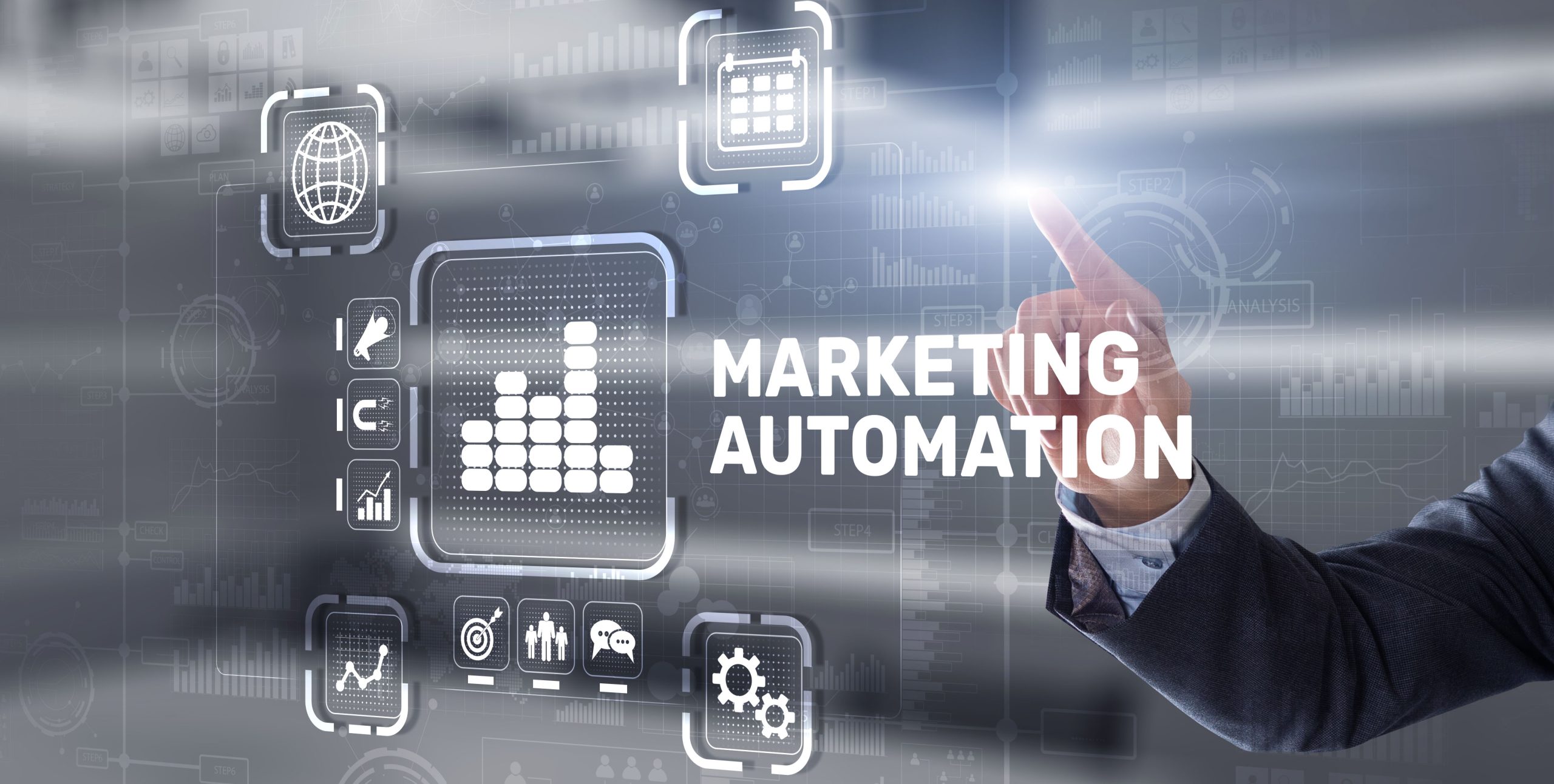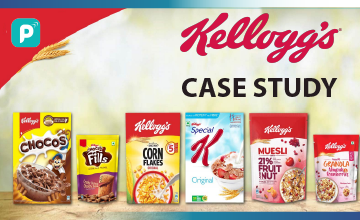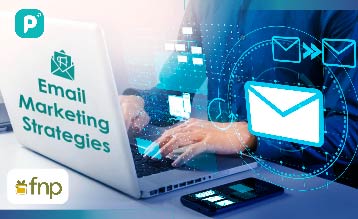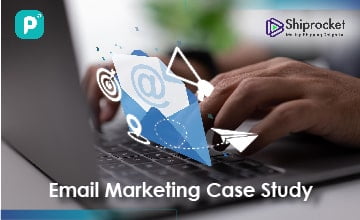When becoming an email marketer, it’s crucial to master the strategies that bring the best results, and that includes using email marketing automation. Automated marketing emails tend to get much better responses, with nearly 75% higher open rates and a 162% increase in click-through rates compared to mass emails. They’re more personalized and focused because they’re based on a user’s actions, and they save you time since they’re prepared in advance. Using tools for email marketing automation can save businesses time and boost results. This article shares easy tips and examples to help you use email automation effectively. You’ll also learn how to improve your email campaigns, nurture leads, and get more conversions.
What is Email Automation?
Email automation refers to the process of using technology to send targeted, personalized emails to your subscribers or customers based on specific triggers or actions they take. These triggers can be anything from subscribing to your newsletter, making a purchase, or even just visiting a certain page on your website.
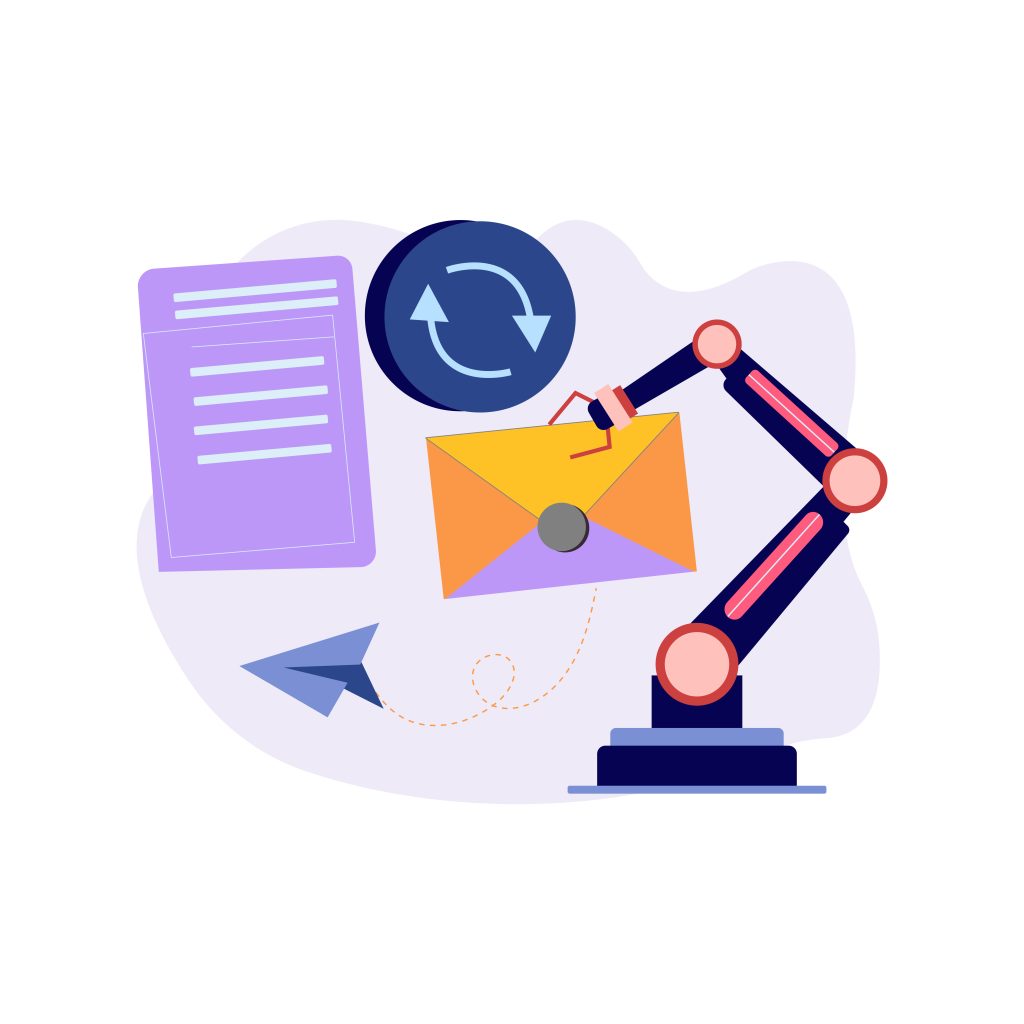
Automation takes the manual work out of sending emails, allowing you to reach your audience at precisely the right moment.
Segmentation: the Foundation of Personalization
Segmenting your email list is crucial for sending relevant content. Tools like Mailchimp, HubSpot, or ActiveCampaign allow you to divide your subscribers based on factors like demographics, behavior, or purchase history. For example, you can have segments like “New Subscribers,” “Inactive Subscribers,” or “VIP Customers.”
Automated Welcome Series: Rolling out the Red Carpet
First impressions matter. Welcome emails establish the tone for your subscriber’s experience. Consider creating a series that spans the first few days after a user subscribes. It might look like this:
- Day 0: Welcome and Introduction
- Day 2: Highlight a Popular Blog Post
- Day 5: Exclusive Offer
Behavior-Triggered Emails: Delivering Timely Content
Leverage user behavior (clicks, opens, purchases) to trigger specific emails. For instance, if a subscriber clicks on a particular product, follow up with related products or a discount offer.
Abandoned Cart Recovery: Closing the Sale
Don’t let abandoned carts go to waste. Set up automated emails for users who add items but don’t complete the purchase. A well-timed reminder with a compelling call-to-action can recover potentially lost sales.
Drip Campaigns: Nurturing Leads Gradually
Drip campaigns are a series of emails sent out over a specific period to nurture leads or guide subscribers through a process. For example, a product launch drip campaign might include emails about the product features, customer testimonials, and a final email with a purchase call-to-action.
Re-engagement Campaigns: Winning Back Hearts
Target inactive subscribers with re-engagement emails. This might include a “We Miss You” email with an exclusive offer or an invitation to share feedback on their experience.
Personalization and Dynamic Content: Making It Personal
Use merge tags or dynamic content to personalize emails based on subscriber data. Addressing the subscriber by their name and recommending products related to their previous purchases can significantly boost engagement.
A/B Testing: Optimizing for Success
Automate A/B tests to optimize various elements like subject lines, email content, and CTAs for better performance. For instance, test two different subject lines to see which one has a higher open rate.
Post-Purchase Follow-up: Building Loyalty
After a purchase, automate a thank you email followed by related product recommendations or a request for a review. This helps in nurturing customer relationships and potentially leads to repeat business.
Analytics and Reporting: The Key to Improvement
Leverage automation for tracking and analyzing email performance. Tools like Google Analytics and email marketing platforms provide insights into metrics like open rates, click-through rates, and conversions. Set up automated reports for timely insights.
Opt-Out and Preference Center: Respecting Choices
Ensure your automation includes an easy way for subscribers to manage their preferences or unsubscribe. A well-designed preference center allows subscribers to choose the frequency or type of emails they receive.
How to Implement automation in email campaigns
Email marketing automation provides a multitude of opportunities to effectively engage and nurture customers. Here are some examples of implementing email marketing automation:
Re-engagement Campaigns
Automated re-engagement campaigns are triggered when subscribers become inactive or show a lack of engagement with your emails over a specific period. These emails are designed to re-establish a connection with subscribers who have become inactive and encourage them to rekindle their engagement with your brand. They may include special offers, personalized recommendations, valuable resources, or surveys to gather feedback and better understand their needs.
Abandoned Cart Recovery
In cases where customers add items to their cart but fail to complete the purchase, automated emails can be sent to remind them about the abandoned cart and motivate them to finalize the transaction. These emails typically comprise a gentle reminder of the items left in the cart, incentives such as discounts or free shipping, and a convenient direct link that streamlines the purchase process.
Welcome Series
Upon someone joining your email list, a series of welcome emails is automatically triggered. These emails offer an opportunity to introduce your brand, provide relevant information, and establish expectations for future communications. They may include a warm welcome, an expression of gratitude, an overview of your products or services, and a compelling call to action to encourage active engagement.
Best Practices for Automating Email Marketing Campaigns
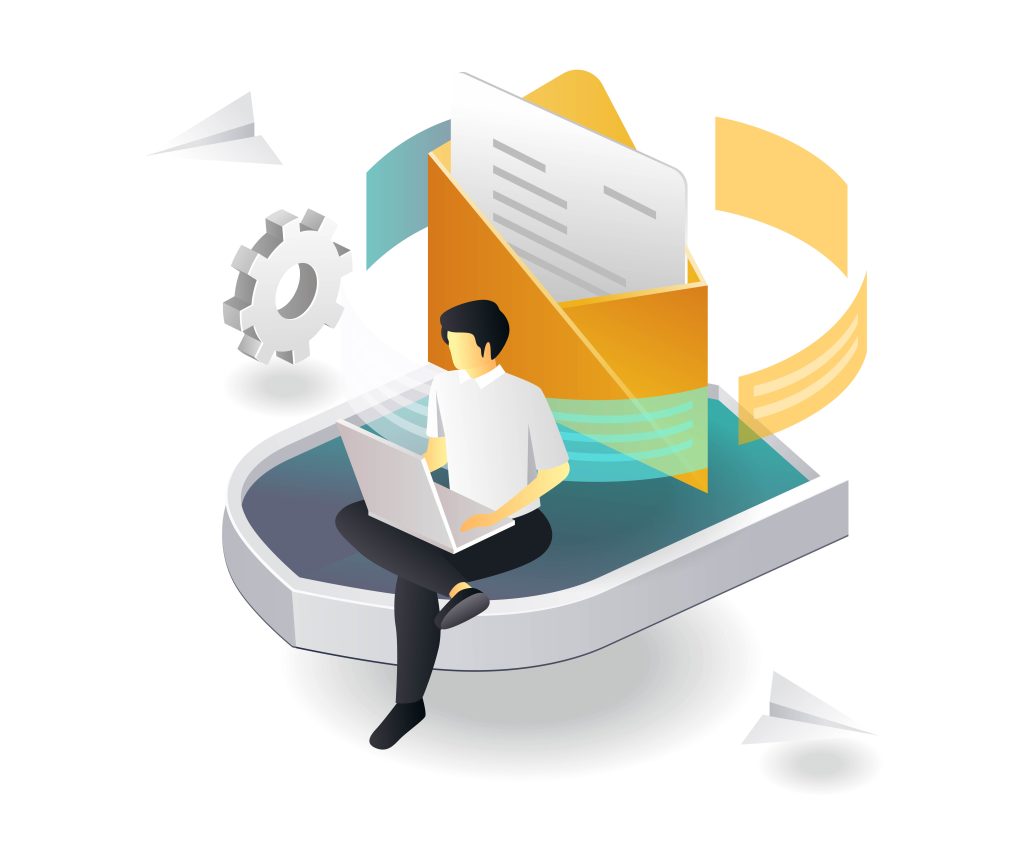
Clear Subject Line
The subject line should be compelling and concise to entice subscribers to open the email.
Conciseness is Key
Keep the emails short and to the point, highlighting key information or offers.
Example: Apple’s email promoting their new iPhone uses succinct language and captivating visuals to grab the reader’s attention.
Incorporate a Call-to-Action (CTA)
Include a clear and compelling CTA that prompts subscribers to take action.
Example: Rover’s “Shop Now” CTA prompts the subscriber to click and start shopping.
Ensure Mobile-Friendliness
Given the rise in mobile email usage, it’s crucial to ensure that your emails are mobile-friendly.
Example: JetBlue’s rewards confirmation email is optimized for mobile devices, with a clear layout and easy-to-read text.
By implementing these best practices and utilizing email marketing automation strategies, you can enhance the effectiveness of your campaigns and ultimately drive better results. Remember, personalization and timely, relevant content are key to successful email marketing automation.
Summary
Mastering email marketing involves harnessing the power of automation. Automated emails yield significantly higher open and click-through rates, providing a more personalized and efficient user experience.
The valuable tips for implementation, including concise messaging, compelling CTAs, mobile optimization, and A/B testing can help you streamline email marketing campaigns. With these best practices, businesses can unlock the full potential of their email marketing efforts, driving greater engagement and results.
Ready to take your business to new heights? Explore our comprehensive Email Marketing Service and witness a boost in your sales!
All images belong to their respective owners. Please email [email protected] if removal is required.

